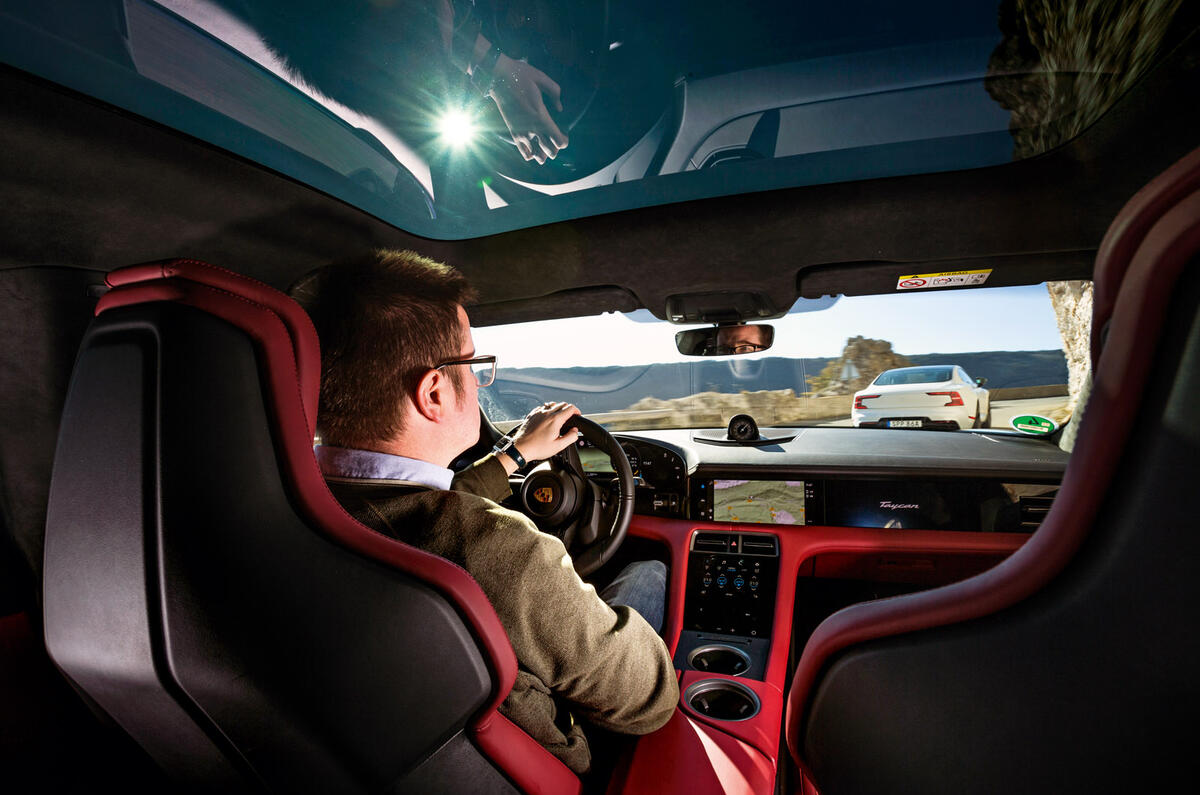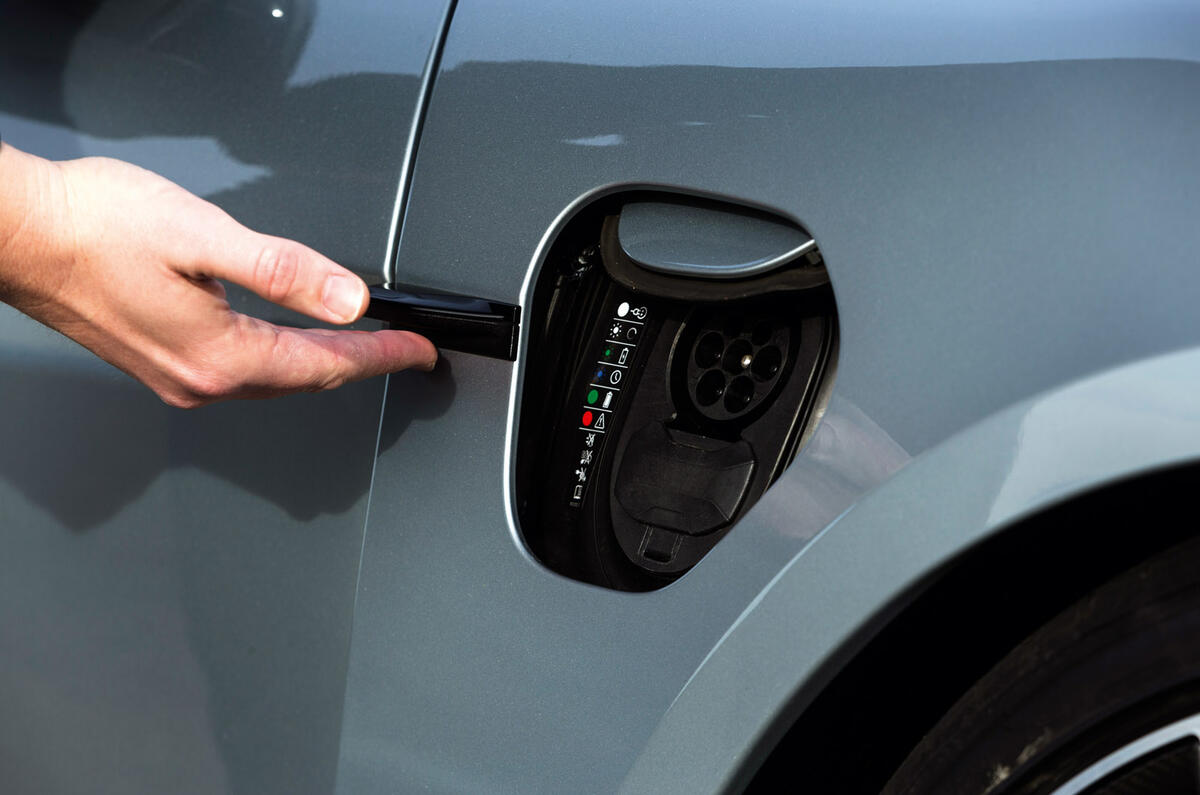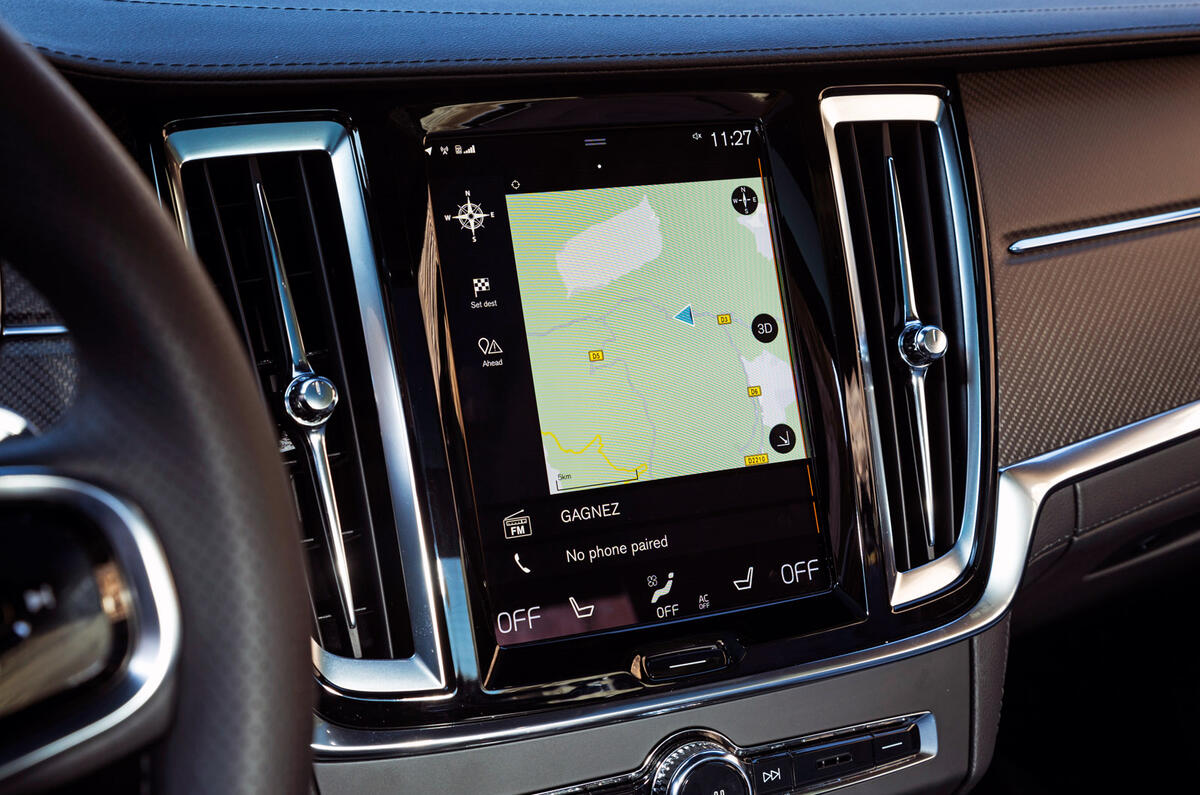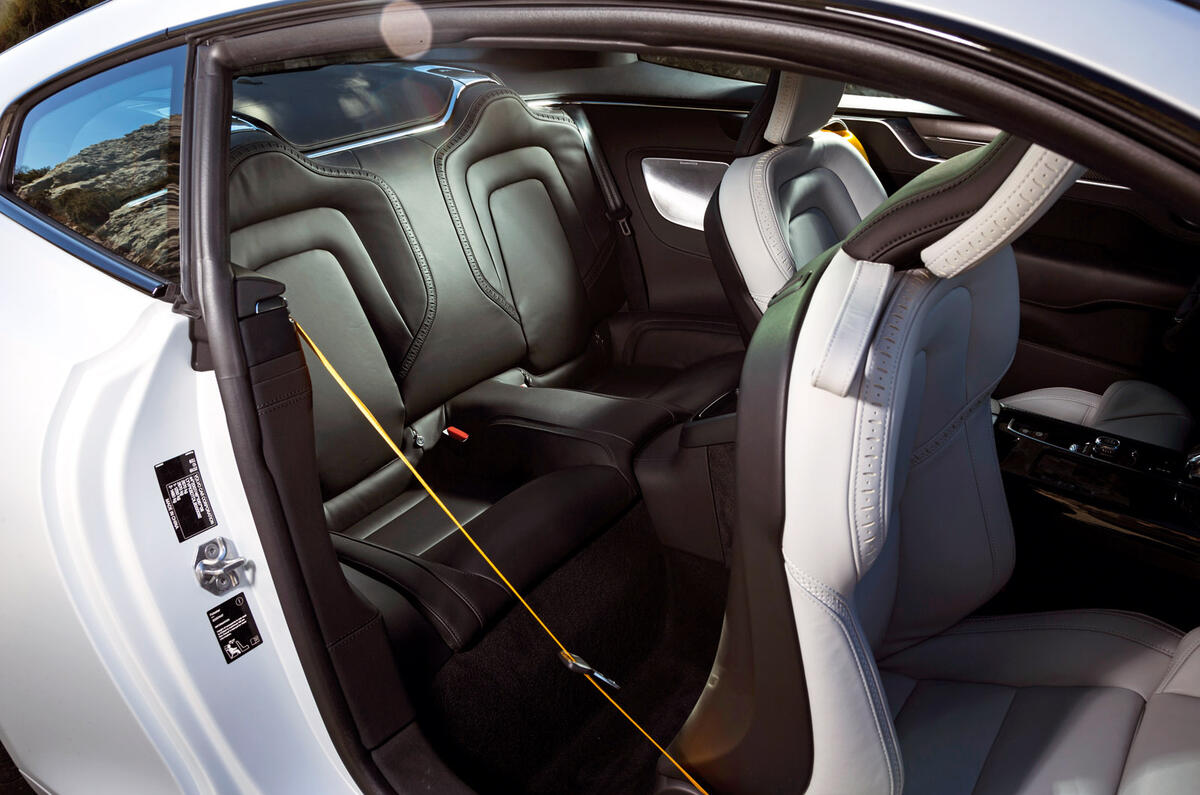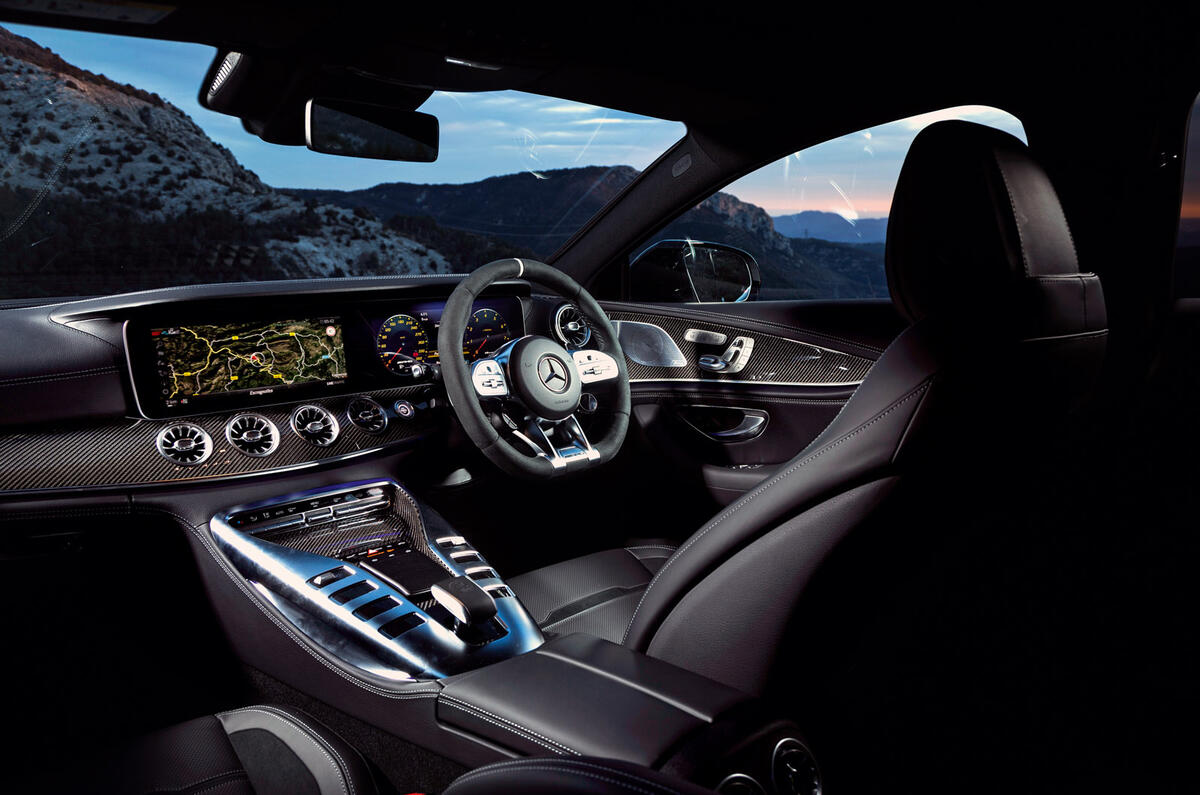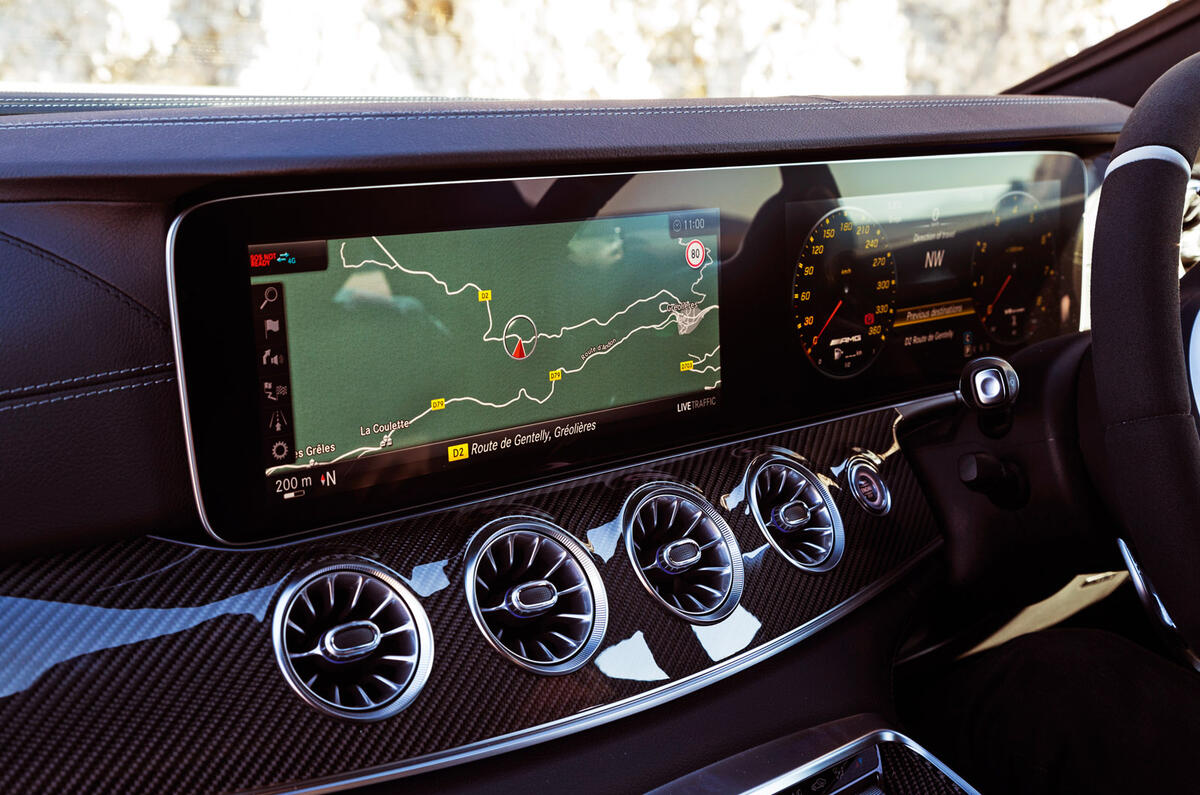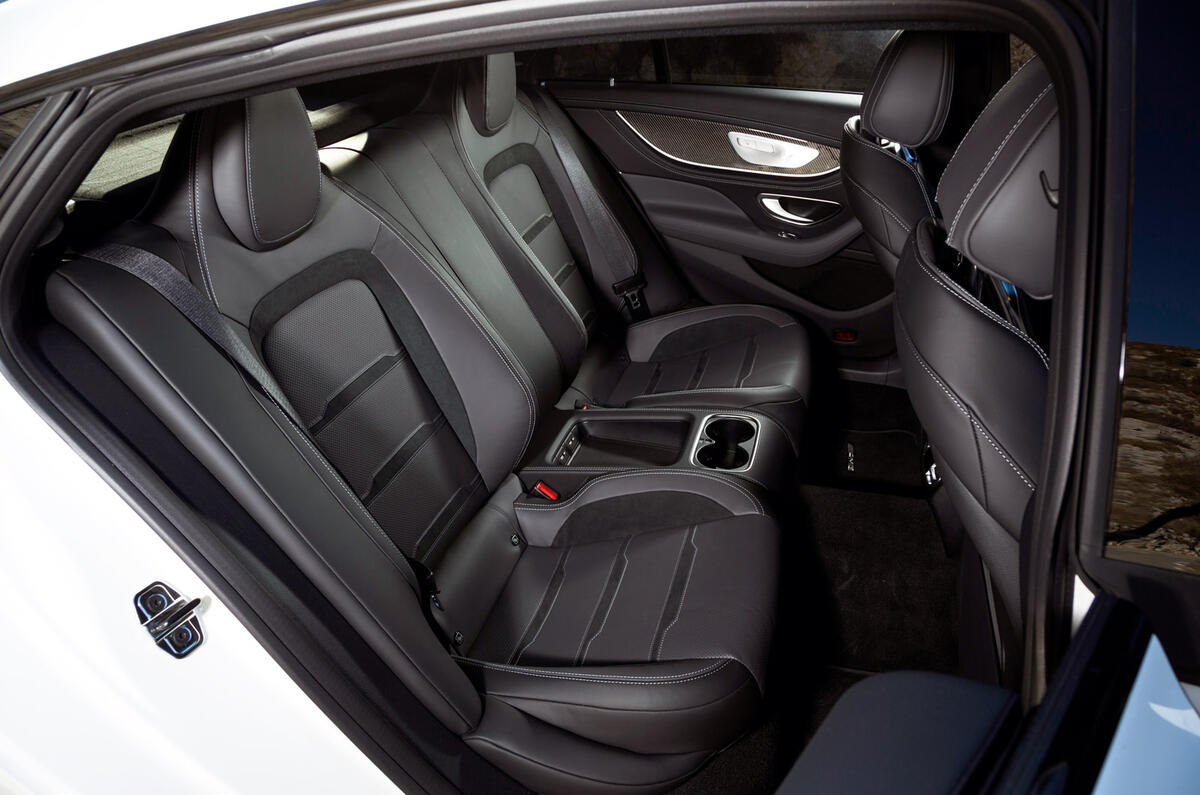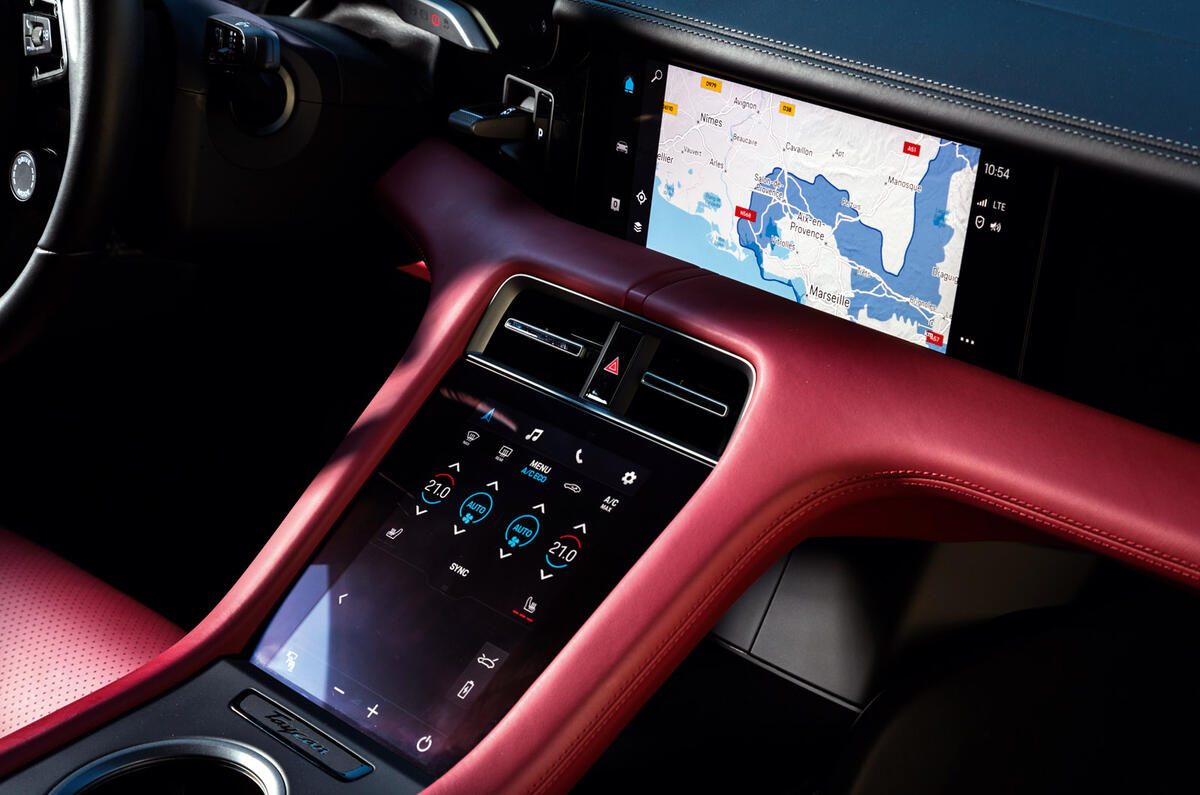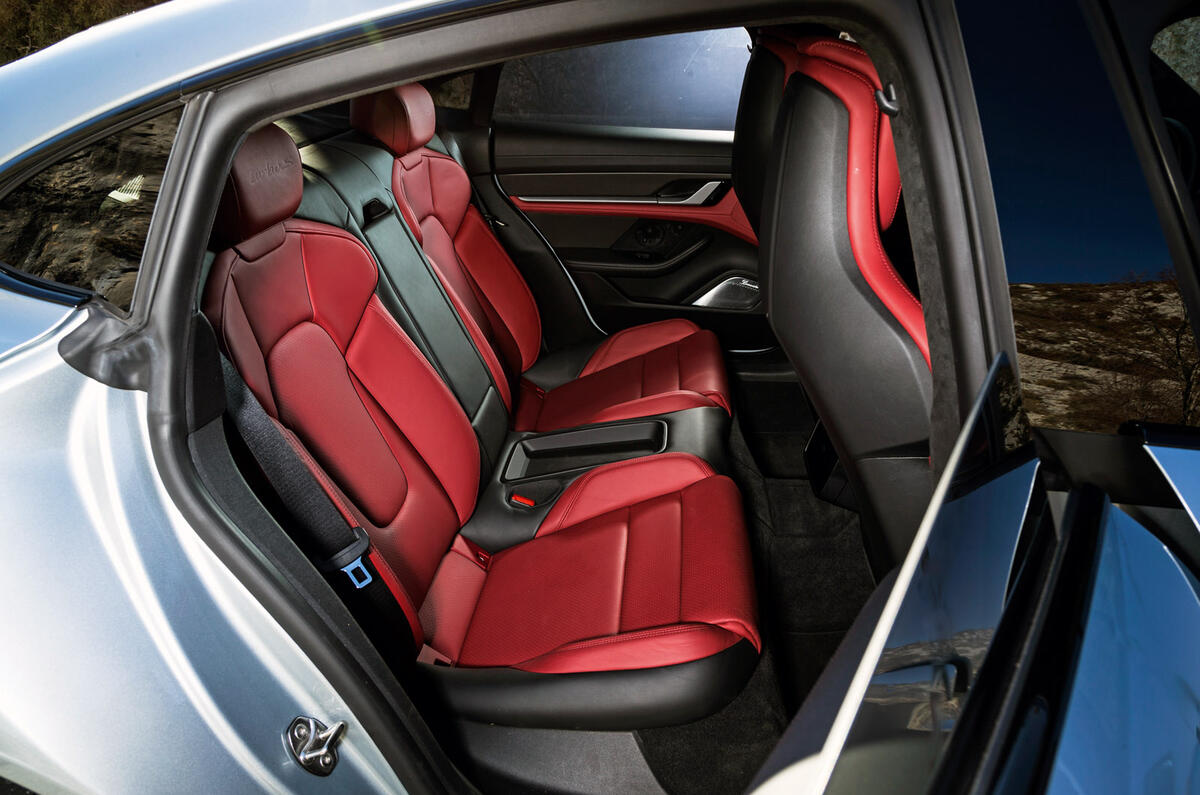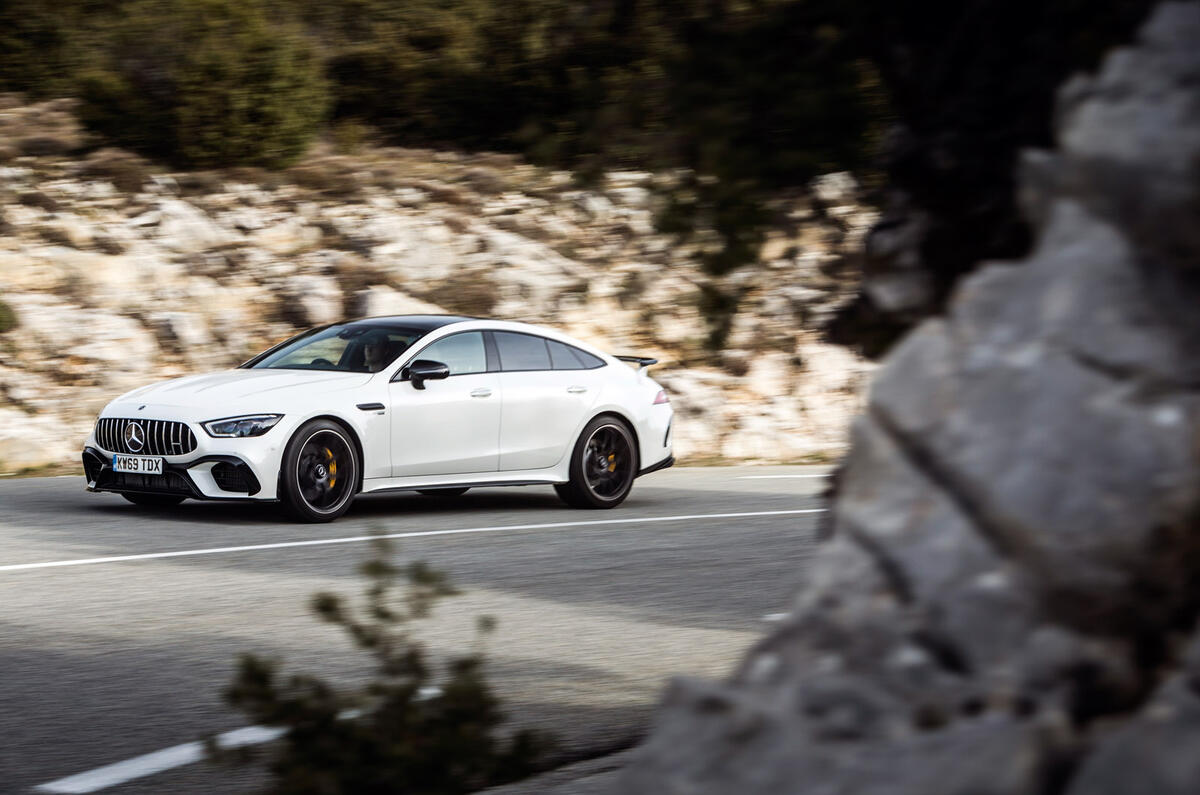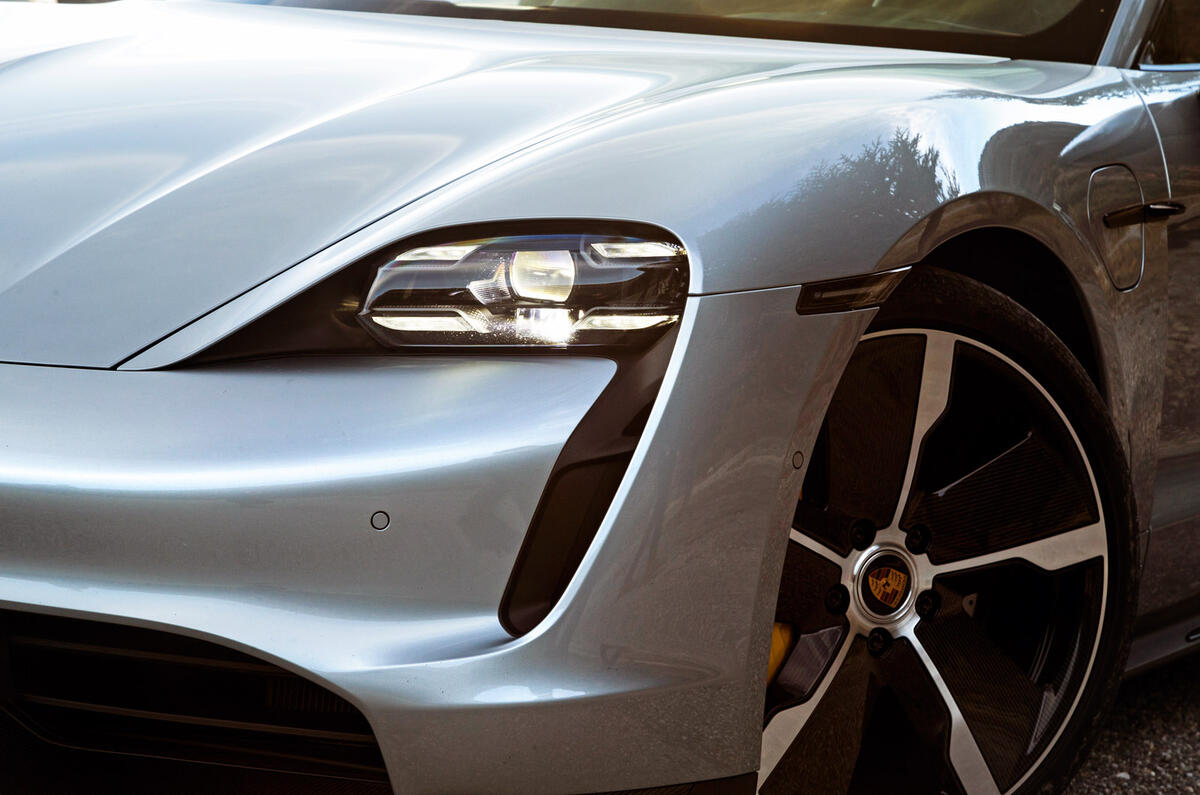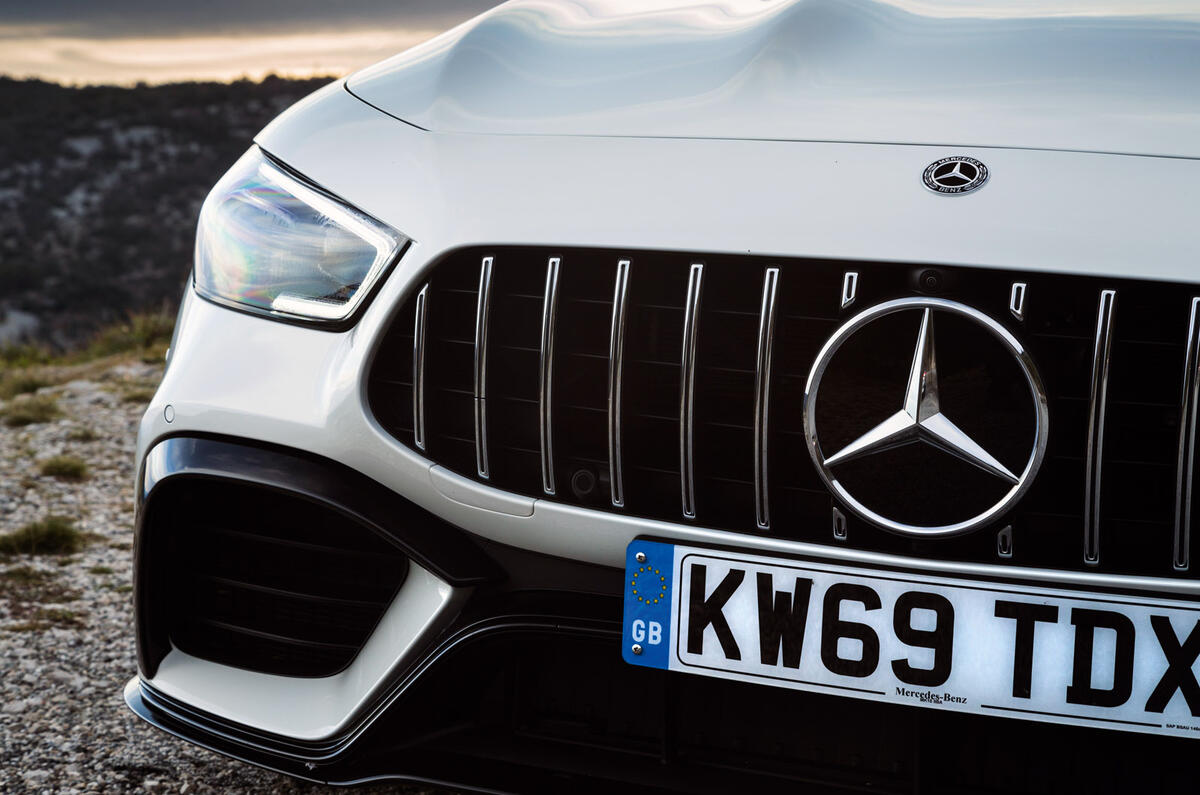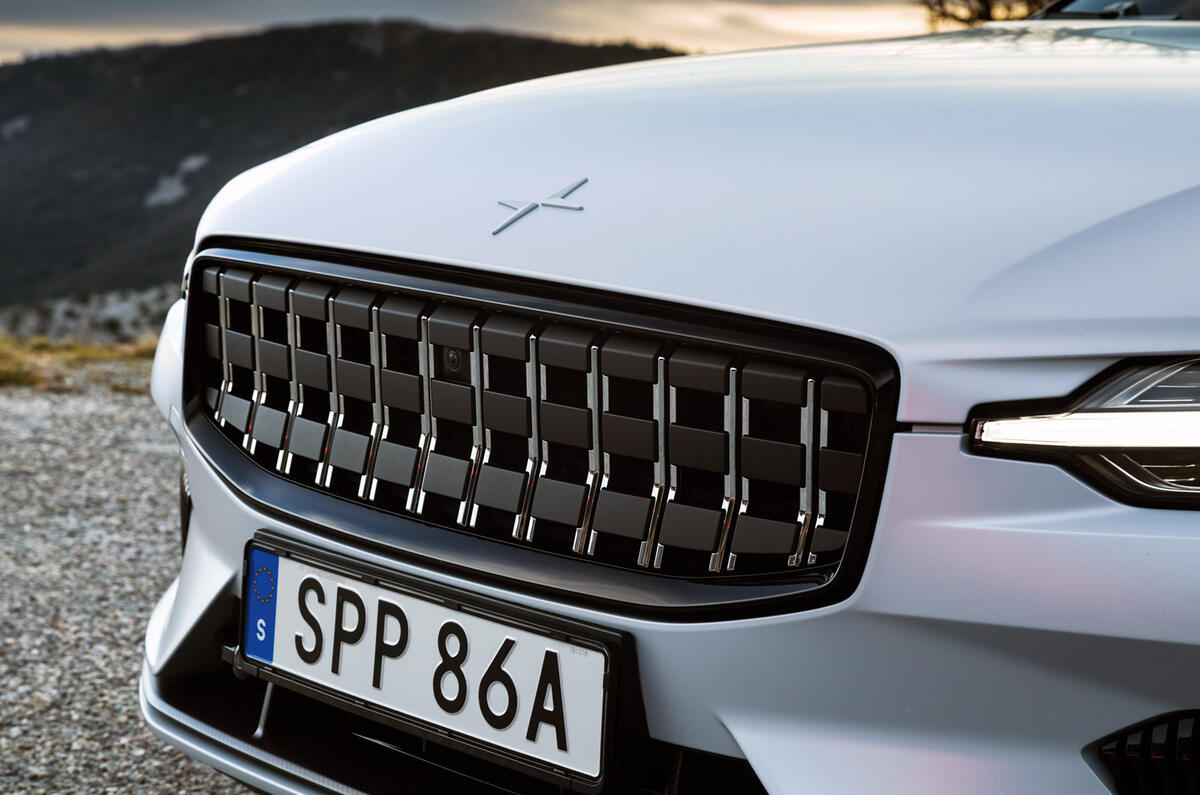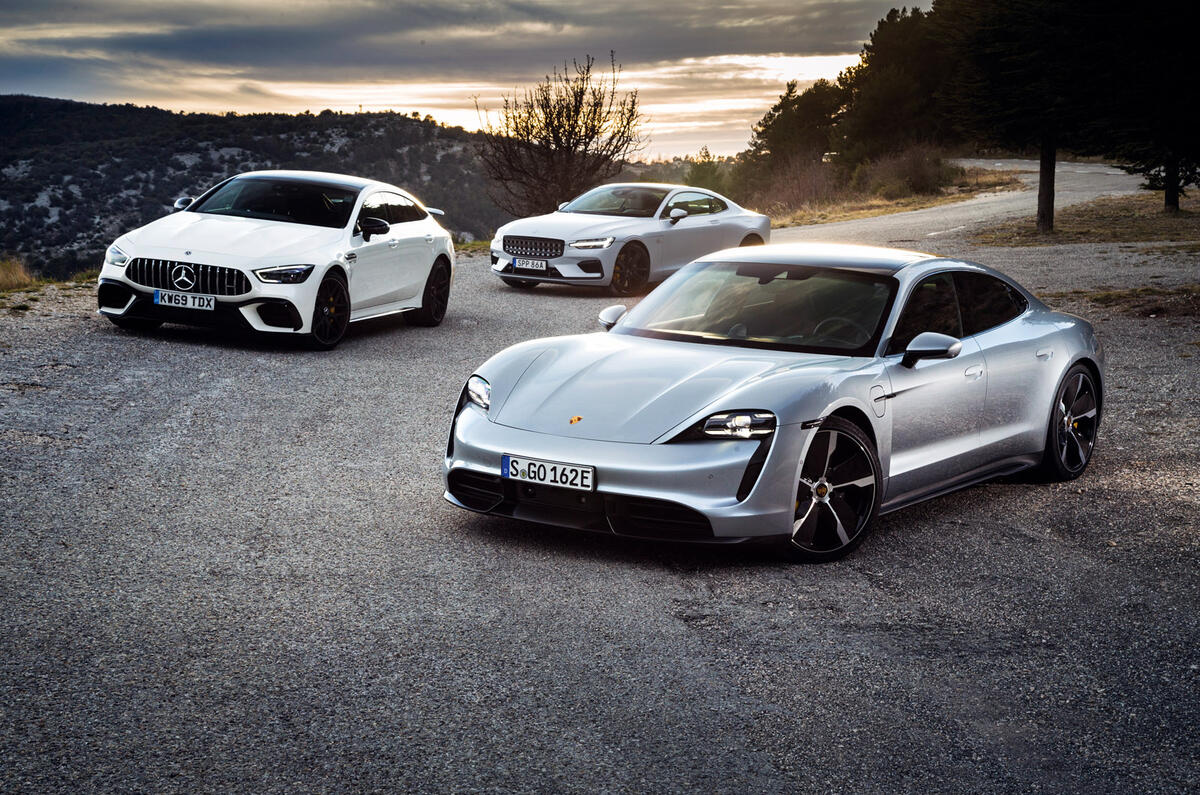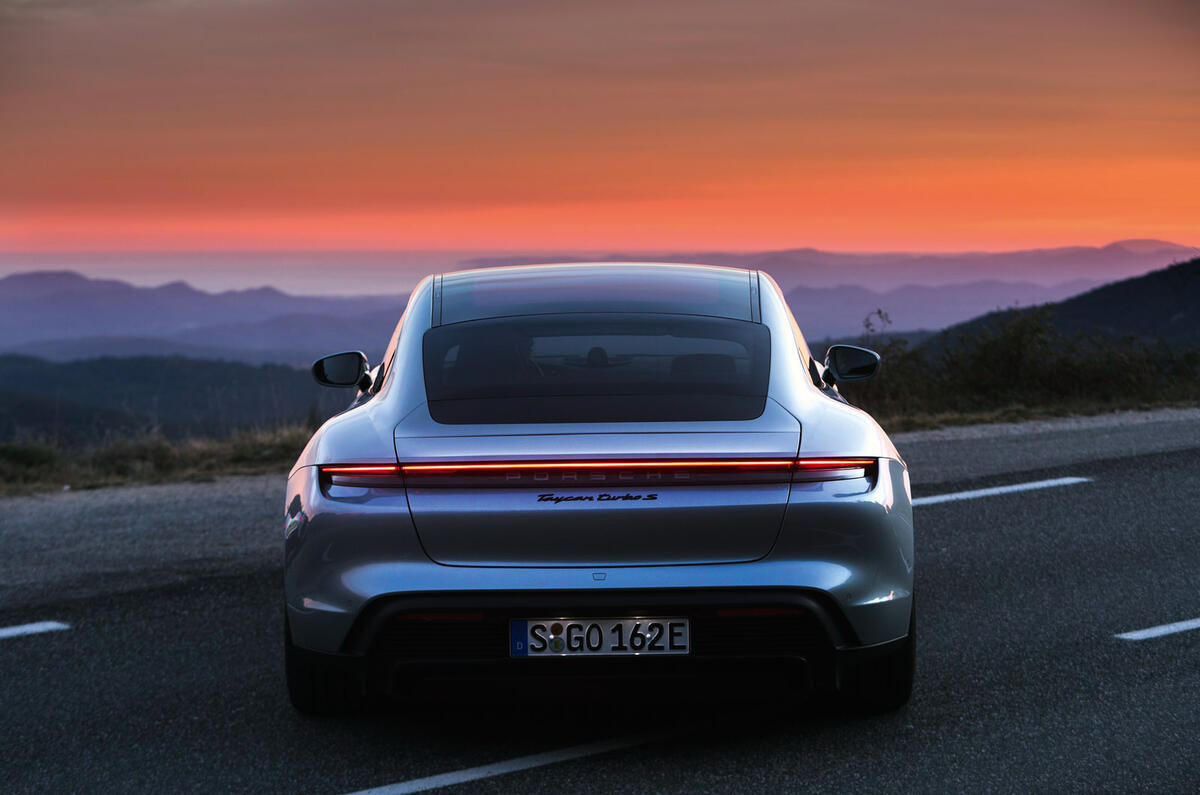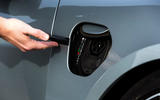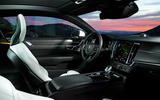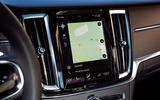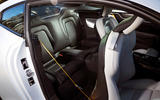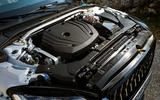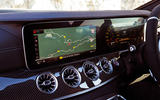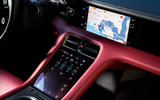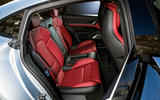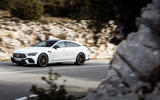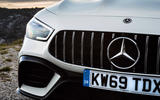The news out of Whitehall earlier this month seemed very much like the death sentence for the internal combustion engine that so many of us have been dreading, didn’t it? And with it there also came a numbering of days for all sorts of vehicle that it’s hard to imagine being powered in any other way.
Well, maybe not. Things can change, after all, and where government policy is concerned, they usually do. But if prime minister Johnson’s new car electrification plan for 2035, or perhaps 2032, sticks, it’s likely to accelerate a global move towards ever more ambitious sustainability legislation, as the AK47 of public opinion gets aimed ever more squarely at the undeserving temple of the traditional piston-engined automobile.
When the shots are finally heard, we must simply hope that they mark an important beginning as well as an end. If there is to be no place at all for internal combustion in new cars sold just 15 years from now, then at least the certainty of that decree ought to give even greater impetus to the development of electric car technology than it has thus far had. It certainly needs to. From what you might call our 20th century legacy perspective, it’s hard to fathom how the sheer breadth and variety of the car market as it is today might be supported entirely by batteries and electric motors and so few public charging stations. We must have faith that it won’t seem like such a leap in a decade or so.
Tightening our focus in, we must also hope and trust that the classic fast grand touring car will survive the transition. It’s one of the oldest automotive types of them all, and one linked inextricably with our very earliest, most formative and most romantic notions of motoring. The GT has done quite well already to survive more than a century of development, containing within that span a couple of world wars, several oil and economic crises and the rise and rise of budget airlines which, in some countries, sprang up as early as the 1970s.
![]()
In spite of all that, with a long way to go and a short time to get there, plenty of us still choose to travel under our own steam, according to our own schedule and route and in our own company – by car. And for those who do, here’s the good news: there is much heart to be found in the very latest ultra-modern fast GT cars, such that the traditions of 600-mile-a-day road trips will continue to be possible, at speed and in style, once we’ve reached the end of this ‘road to zero’ glidepath on which we now seem to be set so firmly. A couple of days like those I’ve just experienced, on the still magnificent and sparsely trafficked Route Napoleon and the surrounding roads of the French Prealps, with a couple of the most wanted, new-age electrified grand tourers for company – and a good combustion-engined fast GT car to provide the necessary context – is all it takes to make you feel significantly better about the future of longdistance motoring.
On our road trip was one of our favourite fast GT cars of the moment: the Mercedes-AMG GT 63 S 4-Door Coupé. A bit of a dinosaur, some might say – and possibly more oil tanker than oil painting, I grant. But as a yardstick of the sheer breadth and varied ability of the modern combustion-engined GT car, to represent everything it can do better, perhaps, than the very height of luxury and elegance it can reach, it takes some beating.
A 630bhp 4.0-litre turbocharged V8 engine mated to an active torque-vectoring four-wheel drive system makes it capable of performance you can call supercar-level without a moment’s pause: 0-62mph in 3.2sec, 196mph flat out. The car feels every bit as quick on the road as those figures would imply, but it knows comfort and dynamic versatility just as well. It has a good-sized cabin with four usable doors and the same number of usable adult-sized seats, plus a boot that will swallow a long weekend’s luggage for as many passengers without the slightest issue.
As we’ve reported many times, this car comes bristling with AMG-typical driver appeal and performance character, ready to handle as well as any bigger sports car but also to reach across long distances in real comfort. And so it is in so many ways the complete any-occasion grand tourer. It comes with a 66-litre petrol tank which, with up to 32mpg possible on a long run, allows you to cover 450 miles between stops – and it can be refilled in less time than it takes your passengers to log into the service station’s free wi-fi and check Whatsapp.
![]()
That kind of usable range and recharging capability remains well beyond the all-electric GT for now, but not quite so for the plug-in hybrid. To represent the latter, enter the stunning Polestar 1. Its eye-catching design should achieve one of this debut model’s intended purposes – which is to invite onlookers to wonder what on earth a Polestar is – with impact to spare.
Underneath the square-set, emphatically proportioned CFRP bodywork lies a ‘twincharged’ 2.0-litre four-cylinder petrol engine and a trio of electric motors that can combine to make for as much as 591bhp and 738lb ft while also offering four-wheel drive. There’s enough battery capacity for a real-world 60-70 miles of zero-emissions running, and then a fuel tank with enough for about 250 miles of ‘range-extended’ petrol running on the top. The catch? That such a configuration makes the Polestar the heaviest and slowest car of our trio – although, with 62mph coming up from rest in a whisker over four seconds and a 155mph top speed, it’s still quick enough to cover ground very nicely indeed when the occasion calls for it. This is a driver’s car and no mistake – although it is by no means an ideal one.
Not compared with the remarkable Porsche Taycan Turbo S, whose driving experience we’ll come to in a moment. Porsche’s first electric car was always unlikely to be any half-measure, and yet wrapping your head around this car’s abilities doesn’t immediately get much easier after your first test drive than it is while simply attempting to digest the technical breakdown: up to 751bhp and 774lb ft of torque for full-bore launches, 0-62mph in as little as 2.8sec, more than 160mph in full flight, four usable seats and naff all emissions. Reconcile that lot, and all from the same car, if you possibly can.
The range-topping Taycan Turbo S comes with an official WLTP range of between 241 and 256 miles, depending on specification, and it has rapid-charging capability to take its 93kWh battery from 5% charge to 80%, where there is a rapid charger of sufficient power, in less than 23 minutes. As EV owners will tell you, 350kW public chargers remain pretty rare things at present, but as they proliferate on motorway networks, and just off them, around Europe over the next few years, it should be entirely possible to plan 600-mile days in a Taycan in a not-dissimilar fashion to how you plan them in any other GT car.
![]()
The question for touring in electric cars, it seems to me, is whether you’re happy to be bound to a pre-ordained route and schedule, and to have your journey and experience effectively defined by the nearest rapid chargers along it. If, however, you prefer to simply nurture your adventurous spirit and to point the prow of your car in roughly the right direction – to take the road less travelled as and when you fancy, and to worry about how and where you refuel when the need arises – well, perhaps electric long-distance motoring isn’t for you. Perhaps it never will be; time will tell.
Whichever way you prefer to plan your journeys, it will be a while before any electric GT can beat the GT 63 S for ease of use. For straightforward ownership appeal, though, it’s the Polestar that you’d choose out of this trio, I reckon. It’s nowhere near as practical as the Mercedes, with 2+2 seating that would only ever make it a four-seater with younger kids in the second row, and even then over shorter trips only. The layout of the car’s power management electronics also means boot space is limited, and there’s no chance of loading longer items through into the cabin.
Even so, the Polestar’s is a much richer, more pleasant and more luxurious place for two to travel in than is either the AMG’s or the Porsche’s. Where the Taycan’s cabin is bigger on touchscreen technology but is ultimately more restrained and less ornate, and the AMG’s is more spacious and more overtly sporting, the Polestar’s is the bubble of sophisticated luxury that would make touring an easy pleasure. It juggles comfort, visibility, refinement, perceived quality and sense-of-occasion richness the best of the trio – and to drive, it has all the performance and handling appeal you’d expect in a biggish, expensive GT, although it doesn’t reset any preconceptions.
Which is precisely what the Taycan does do, and in all sorts of ways. You wonder, to begin with, how it is that a car that seems reasonably compact on the outside – that seats you so low, that has such a low scuttle and that seems so sporting on the face of things – can possibly weigh 2.3 tonnes. It simply doesn’t look like it does. It really doesn’t drive like it does, either, but that’s the upshot of being seated so low, in among the pouch cells that power the car’s twin electric motors rather than on top of them, I suppose. Not to mention simply the result of what happens when you give designers and engineers from Porsche, rather than from any other car maker, a clean-sheet brief to come up with the very best electric driver’s car imaginable.
![]()
It takes something special to comprehensively out-punch a 630bhp AMG on outright performance and handling dynamism, but the Taycan Turbo S manages to do both on the road. Holy moly, this car is quick. When picking up from low speed, it feels even more breathtaking both for response and outright power than you dare expect it might. This is a car whose throttle you squeeze – and you do so carefully at first.
But unlike the other high-end electrically powered offerings that this embryonic market niche has seen hitherto, the Taycan handles every bit as well as it goes – and it stops very well indeed. It steers as well as any Porsche barring perhaps the best GT-department specials. It turns flat, grips hard and contains it body movements tightly, at least until you hit very high speeds. It also manages to deliver the cornering balance and handling poise you would sooner expect from a 1500kg, mid-engined sports car.
So yes, it’s driver’s car, and a sensational one at that when driven really hard. It’s most alike to some next-generation Nissan GT-R than anything else, but with even greater handling poise, tactile feedback and sheer wallop than that would suggest. And that’s why, given the option of all three cars to take for one more tilt down a testing road, it’s the Taycan I’d pick here and now – and probably again and again. Trying to fathom how it does what it does – and exactly how it can make the GT 63 S, which you might imagine ought to handle better because it is, in fact, 250kg lighter, feel like it’s the heavier car – is one of the most superbly bewildering tasks I’ve had in this job.
None of which makes it a grand tourer, of course, which brings us to the summing up of this exercise with no little complexity to negotiate. The Mercedes-AMG GT 63 S 4-Door Coupé, Polestar 1 and Porsche Taycan Turbo S may all occupy similar notional market territory, but they will appeal for very different reasons, to very different people and for quite different intended purposes.
![]()
You might imagine that, with the ‘road to zero’ picture looking like it does, I’d recommend that someone with the means to be in this particular market should buy the Mercedes now, while they still can, before the public mood and legislative context turns irrevocably against it; the Polestar in a few years, it being an ideal bridge and introduction to an electrified touring future; and the Taycan in perhaps another few years more, when the world is ready to better support owning and charging it.
That sounds like a very reasonable argument. Trouble is, with the memory of all three cars and an epic couple of days now hardened but still fresh in the mind, the Porsche is all I can think about. How on earth does it perform and handle like that? How have they hidden all that weight so well? Could I possibly find a way to make it fit into my life?
Truly great cars have a habit of leaving you thus bewitched and bewildered, stuck for explanations. And GT or not, we can be sure of this much if nothing else: the Porsche Taycan deserves absolutely no less a billing than that.
Used grand tourers from £35K to £250K
Maserati Quattroporte Sport GTS: Early versions got a mixed reception, but incremental improvements resulted in the fine Sport GTS. No more will we see the likes of a naturally aspirated 4.7-litre V8 and expertly judged passive chassis set-up free from electronic trickery. Expect to pay £35k.
![]()
Porsche Panamera Turbo: True, the Panamera Turbo doesn’t have the instant push of the Taycan, but it’s as good as it gets from a traditionally powered car. Revised models get 513bhp and 516lb ft deployed through a seven-speed PDK transmission that rattles off gearchanges like rapid fire. A bargain at £40k.
![]()
Ferrari GTC4 Lusso: Ferraris with rear seats have always had acceptance issues, but the FF helped break the mould. In GTC4 Lusso form, it’s hugely impressive: four-wheel steering, four-wheel drive (sort of), four usable seats and an 800-litre boot, as well as a 680bhp naturally aspirated 6.3-litre V12. Buy from £160k but don’t just store it away…
![]()
Lexus LFA: It took two attempts to get it right, but the Lexus LFA was a work of art when it arrived in 2010. Under the carbonfibre body lay an engine that was nothing short of a masterpiece: 4.8 litres, 10 cylinders and 552bhp produced at a redline of 9000rpm. Much like fine art, though, you’ll need at least £250k to buy one.
![]()
Bentley Continental GT: We weren’t always sure about the W12 Conti, but this latest one has come good. As quick as an Aston and more refined than a Porsche, it enables you to revel in top-level luxury and thrilling 207mph performance. Boomers will love the rotating dash, too. Yours for £150k, or buy an older one from £13k.
![]()
READ MORE
2020 Mercedes-AMG E53 gains more aggressive design
Facelifted Mercedes E-Class gains new engines and interior tech
Mercedes to reduce model line-up, platforms and powertrains

